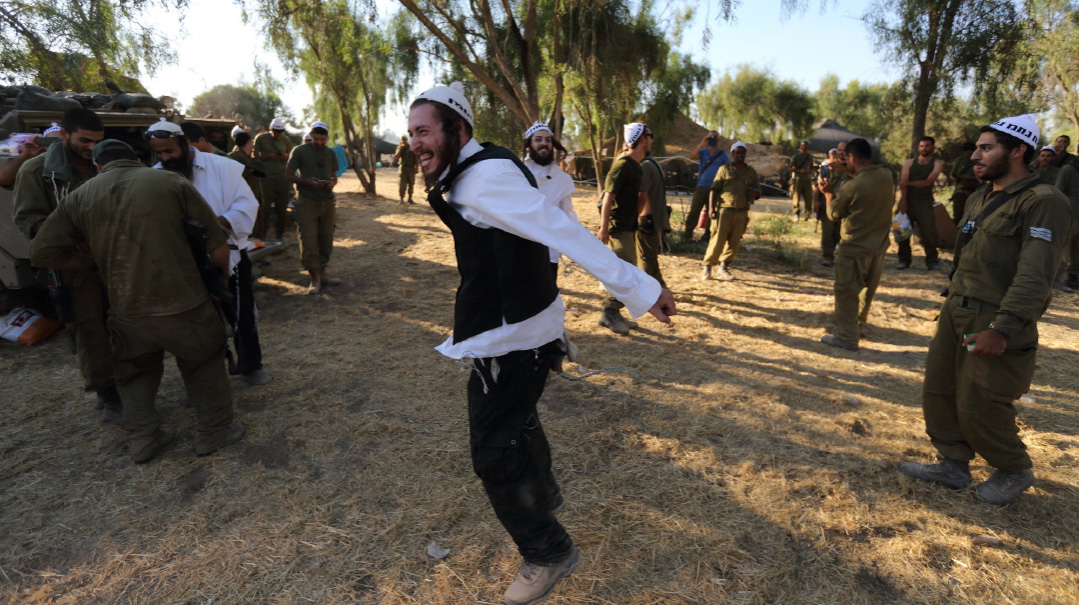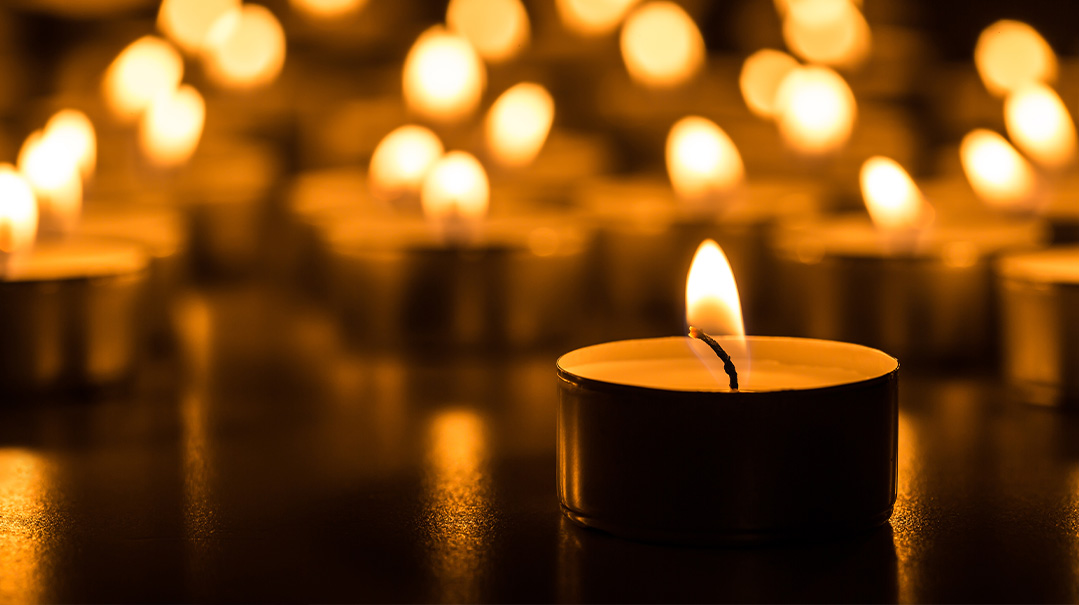The Need for Many Dialogues

Very few challenges confronting our community can be alleviated by averting our attention
Before Yom Kippur I wrote about how the across-the-board consensus of issues of war and peace in Israel has made a unity government with no chareidi representation a distinct possibility. In any event, the current political constellation does not augur well for the power of the chareidi parties. And that means that we must learn to engage our fellow Israeli Jews in dialogue rather than rely on political leverage to protect the chareidi community.
A few days after writing those words, I ran into an accountant friend of mine at a shalom zachor. He related, without any prompting from me, a conversation he had recently had with a secular Israeli Jew. The latter told him that he and his friends live in fear that the chareidi population will one day take over the country and then expel secular Jews or make life untenable for them.
Then the secular Israeli asked my friend, “Is there anyone in your community who is interested in our fears? Is there anyone interested in dialogue with us?” My friend did not have an answer.
Now, I could have supplied him with hundreds of chareidi Jews who have long been involved in precisely such a dialogue and who could have allayed the fears of this and other secular Jews. Well over 10,000 chareidi Jews are involved on a regular basis in learning Torah with secular Jews, usually in one-on-one frameworks. Those meetings inevitably touch from time to time on the types of issues raised by the secular Jew with my friend, and in some of the frameworks the type of dialogue the secular Jew sought is one of the explicit goals of the program.
But that my friend, someone out who is out in the larger world, could not immediately reassure his secular acquaintance that there are many chareidi Jews who would be interested in discussing with him his concerns and fears about the chareidi community suggests how much work there is left to do.
Speaking of Necessary Dialogue, it strikes me that there is another dialogue much closer to home in which the Israeli chareidi community needs to engage: a dialogue with the hundreds, if not thousands, of young people raised in chareidi homes who no longer identify with the community. A few weeks back, I was talking with a young married man in his early thirties. He still dresses in black and white, wears the same black kippah he did when he learned in one of Israel’s top yeshivos. His young children are registered in Bais Yaakov and chadarim. Yet he had no hesitation telling me that he no longer considers himself chareidi, and has no desire that his daughters will attend Bais Yaakov high schools or his sons yeshivah ketanos. And he assured me that he knows hundreds of others like him.
Some will no doubt dismiss a dialogue with him and others far more alienated from the community as unnecessary or useless. After all, every society has its dropouts and those who reject the lifestyle in which they were raised. Or they will argue that each situation is different — each alienated young person has his own individual or familial issues. Will the multiplication of anecdotes about run-ins with this teacher or that yield any information of general applicability? As they say, the plural of anecdotes is not data. Others might argue that what those who have left the community have to say is unreliable — inevitably a form of post facto justification.
There is, no doubt, some truth in all those statements. But at most, they are arguments for a certain wariness in dealing with personal stories and against hasty attempts to formulate social policy based on them. Yet I would suggest that there is good cause for entering into these conversations. Sure not everything that they say meets the test of objective truth. As someone told me recently with respect to all situations of conflict, “There are two sides to any story. And then there is the truth.” But even the subjective perceptions of those who choose to leave the community, or remain but stick out as sore thumbs, are relevant. Why do they feel as they do? Why do they perceive themselves as being viewed in a certain fashion? What, in their minds, went wrong?
Perhaps the growing number of dropouts only reflects the tremendous demographic expansion of the chareidi community, and not any growth in alienated young people percentage-wise. But even that absolute numerical growth is a cause for concern. In general, those most obviously alienated only represent the tip of the iceberg. For every young person who rebels or simply leaves the community, there are many more struggling with the same challenges and who feel the same way but choose to keep their feelings to themselves. And the larger the population of youth not with the program in absolute numbers the more they will serve as a magnet to others who are wavering.
Finally, the rapid increase in the number of institutions dealing with those who have fallen out of traditional educational frameworks, including programs for homeless kids from chareidi homes living on the streets, suggests that even on a percentage basis there are more and more kids not finding their place. If we do not wish to return to the situation that existed in the early days of the State of Israel, when it was said, even in Meah Shearim, “ein bayis she’ein bo meis — there is no house without its dead,” then we should at the very least attend to what those who have left the chareidi fold or feel trapped within it might tell us if we are willing to listen.
Some risk factors have long received attention — abuse, learning difficulties, and more recently, the impact of technology — but these do not exhaust the list of challenges for our children. What role, for instance, does poverty — either absolute or relative — play in youthful alienation? How many of those who leave feel that they will forever live with a sense of deprivation?
Perhaps certain patterns would emerge from many discussions. Are there certain ages or transition points where many children begin to feel that they do not fit into the chareidi community? Are there adjustments in our educational system or perhaps a wider variety of educational alternatives that might address some of those feelings? We should not lose sight of the fact that our entire educational system has not been ingrained in stone from time immemorial. Bais Yaakov, for instance, is less than 100 years old. And the almost universal model of yeshivah ketanos for teenagers in Israel is patterned upon that of the great yeshivos of Europe, which were elite institutions serving a small percentage of the post-bar-mitzvah-age male population.
Nor should the exclusive focus of the discussions I’m suggesting be “Why do you no longer identify as chareidi?” No less important are the questions: “Do you feel connected to Hashem? To mitzvah observance? To Torah learning?” For as painful as it is when our children choose not to follow in our particular derech of avodas Hashem, it is nothing compared to the pain of their being completely cut off from a life of Torah and mitzvos. To those children who answer the latter set of questions in the negative, could it be because they were raised with an all-or-nothing mindset in which the only two possibilities are chareidi or nothing and, having rejected the first, they can conceive of no alternative?
Bottom line: Very few challenges confronting our community can be alleviated by averting our attention. A listening ear is often the most powerful means of bringing back those who are alienated and taking steps to prevent others from following in their path.
Originally featured in Mishpacha, Issue 783. Yonoson Rosenblum may be contacted directly at rosenblum@mishpacha.com
Oops! We could not locate your form.







